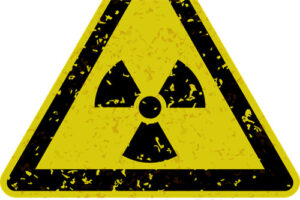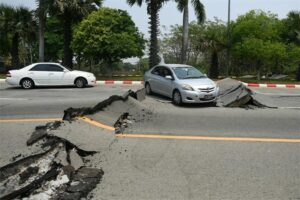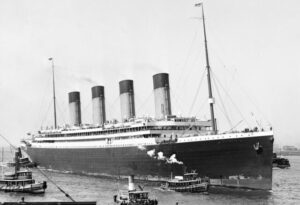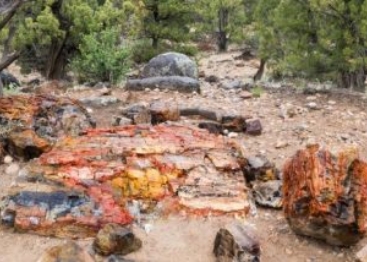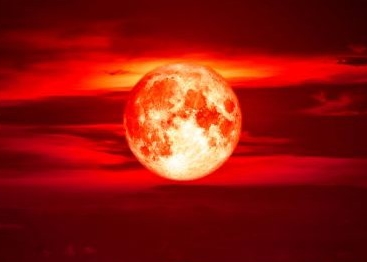10 Shocking Things You Never Knew About Nuclear Bunkers
Picture this: it’s the 1950s or ’60s, and schoolkids are crouched under their desks, practicing “duck and cover” drills. The idea was simple—if a nuclear bomb dropped, hiding under a desk would somehow save you. It sounds almost laughable now, but back then, it was deadly serious. Fast forward to today, and thankfully, nuclear war isn’t exactly at the top of most people’s worry lists. We’ve got plenty of other modern anxieties to keep us busy, from climate change to AI taking over the world. But here’s the thing: even though we don’t think about it much, the threat of nuclear war hasn’t completely vanished. And neither have the bunkers built to survive it.
That’s right—scattered around the world are countless nuclear bunkers, relics of a time when the Cold War had everyone on edge. Some are hidden in plain sight, while others are buried deep underground, waiting for a doomsday scenario that (hopefully) never comes. The funny thing is, most of us have no idea these bunkers even exist. They’re like secret time capsules, frozen in an era when the world was obsessed with survival and the possibility of total annihilation.
Take a moment to think about it: how many of these bunkers are out there? Where are they? What do they look like now? Some have been repurposed, turned into museums or quirky tourist attractions. Others sit abandoned, slowly being reclaimed by nature. And then there are the ones still maintained, just in case the unthinkable happens. It’s both fascinating and a little eerie to realize that these structures are still part of our world, even if we rarely give them a second thought.
So, while we might not be ducking under desks anymore, the legacy of that era lives on. These bunkers are a reminder of how close the world once came to the brink—and how, even in our modern age, some things never fully go away. Next time you’re walking through a city or hiking in the countryside, who knows? You might just stumble across one of these hidden relics. And if you do, take a moment to imagine what life might have been like for the people who built them. It’s a strange, surreal piece of history that’s still very much a part of our world.
10.Switzerland Has Enough Shelters for More Than 100% of its Population
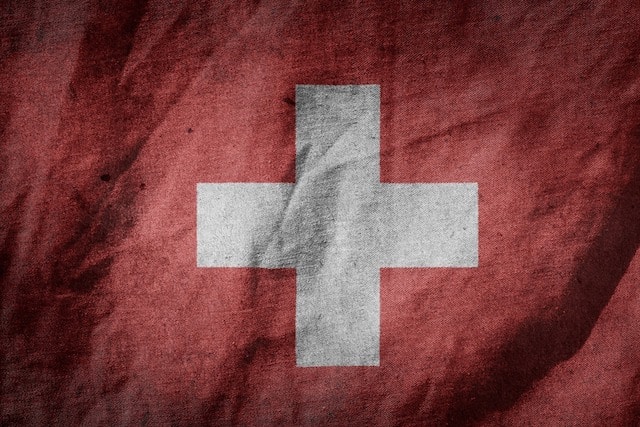
If you ever hear a rumor that nuclear war is about to break out—say, next Friday—you might want to book a one-way ticket to Switzerland. Why? Because Switzerland is the only country in the world with enough nuclear bunkers to shelter more than 100% of its population. That’s right, they’ve got room for everyone, plus probably your dog, your neighbor, and maybe even a few strangers. It’s like the ultimate safety net, Swiss-style.
Here’s the kicker: since 1963, it’s been the law in Switzerland for every home to have a fallout shelter. And we’re not just talking about standalone houses—apartment buildings are required to have shelters for every resident. By 2006, the country had built over 300,000 shelters. But it doesn’t stop there. What if you’re out shopping or at work when disaster strikes? No problem. Businesses, hospitals, and other public places have their own bunkers, and there are an additional 5,100 public shelters scattered across the country. Basically, Switzerland has thought of everything.
Now, let’s compare that to the United States. Spoiler alert: it’s not great. While there are reportedly blast shelters for government officials, there’s no widespread system to protect the general public. Back in the 1970s, there were some half-hearted efforts to designate fallout shelters, but those plans were never fully funded or maintained. Today, most of those shelters are long gone, leaving ordinary citizens with few options if the worst were to happen.
It’s fascinating—and maybe a little unsettling—to think about how differently countries prepare for disaster. Switzerland’s approach is meticulous, almost over-the-top, while other nations, like the U.S., seem to have left their Cold War-era plans in the past. Whether you find it impressive or excessive, there’s no denying that Switzerland takes safety seriously. So, if you’re ever in need of a nuclear apocalypse survival plan, you know where to go. Just don’t forget to pack snacks.
9.There’s a Bunker Full of $2 Bills
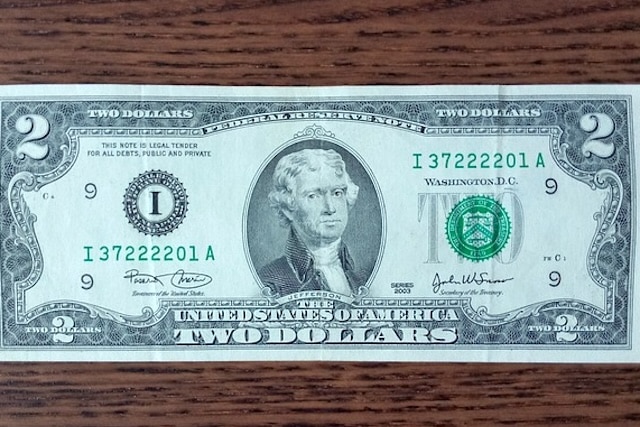
Deep inside a hollowed-out mountain lies Raven Rock, one of the United States’ most infamous nuclear bunkers. Built back in the 1940s, this fortress was designed to protect key personnel during the Cold War. But when the Cold War ended, Raven Rock was largely forgotten—until September 11, 2001, that is. After the attacks, the facility was revamped and expanded, and today it can house up to 5,000 people. Sounds impressive, right? Well, here’s the catch: unless you’re a high-ranking government official, a top-tier doctor, or an engineer, you’re probably not getting in. Sorry, average Joe.
The truth is, the U.S. doesn’t have many shelters like Raven Rock for everyday citizens. Instead, the focus is on preserving those deemed “essential” to rebuilding society after a catastrophe. And while that might sound grim, it gets even more intriguing when you look at how the government has planned for life after a nuclear apocalypse. For example, the IRS has a contingency plan to keep collecting taxes even if the world is in ruins. Yes, you read that right. They might not have a bunker spot for you, but they’ve definitely made room for your money.
Part of this plan involves the Mount Pony facility in Virginia, where the government has stashed 2billionincash—mostlyin2billionincash—mostlyin2 bills. Remember those? The ones nobody really liked or used? Turns out, the government held onto them and tucked them away in a mountain, just in case the world ends. The idea is that this cash reserve would keep the economy afloat for about 18 months, which is how long they estimate it would take to start printing new money. It’s equal parts fascinating and bizarre to think about: a post-apocalyptic world where $2 bills might suddenly become the most valuable currency.
So, while Raven Rock and Mount Pony might not be places you’ll ever visit, they’re a fascinating glimpse into how the U.S. prepares for the unthinkable. It’s a mix of practicality, survivalism, and a touch of absurdity—proof that even in the face of annihilation, bureaucracy and planning never truly take a day off.
8.The UK’s Burlington Bunker Was Basically a City
In the UK, if you were in the market for a big-time bunker you wanted the Burlington Bunker, located beneath Corsham, Wiltshire. The facility is buried 100 feet below the small town and covers 35 acres. It’s over a mile long but houses 60 miles of road inside. It even had a lake. It was basically a small town underground.
Once again, this massive facility wasn’t just for anyone, it was meant for government officials and other important types. It can hold 4,000 of them for three months. It has all kinds of amenities like a TV studio, laundry facilities, hospitals, cafeterias, and so on. Keep in mind, this was all built in the 1950s so the reality of it is all pretty grim.
The site used to be very top secret, but as with many of these relics of the ’50s, it was eventually decommissioned. In 2004 the site was essentially scrapped and put up for sale thanks to all the outdated technology and better options that exist.
7.The WWE Stores Old Footage in a Nuclear Bunker
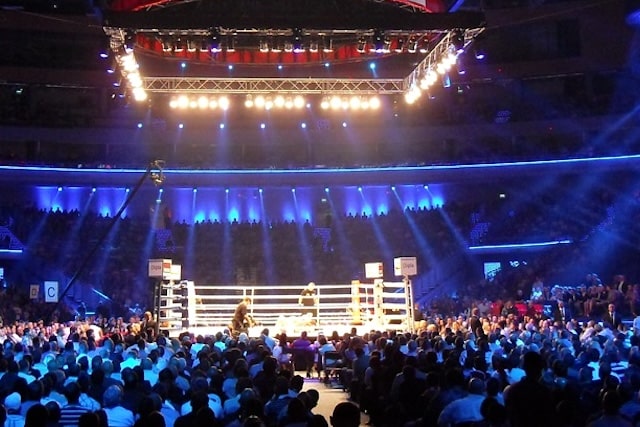
Nuclear bunkers aren’t just for people, as we’ve seen. Heck, they don’t seem to be for most people at all, in fact. But they can be used as storage facilities for important items of historical significance. Like old WWE footage. They store some of that in a mountain.
The WWE owns not just its own footage but also all the footage of the smaller companies they bought out over the years including WCW, ECW, and more. And it’s not like they’re just posting that stuff for you to watch anywhere, but they keep it archived in a climate-controlled, hyper-secure secret vault operated by a robot.
The robot arms pluck tapes off of shelves, and there are over 4,000 of them. But that’s just where it’s being archived. There’s a library that holds nearly 50,000 tapes as well. But that’s just the regular facility in Connecticut.
The WWE has a secure, nuclear-proof mountain facility in the Catskills that houses another 60,000 assets. Their tapes date back in some cases as far as the 50s and they’re trying to digitize all of it before the physical tapes fall apart.
6.The Sonnenberg Tunnel Was the World’s Largest Civilian Bunker
When it comes to preparing for the worst, Switzerland doesn’t mess around. Case in point: the Sonnenberg Tunnel, the world’s largest civilian bunker. Opened in 1976, this massive underground facility was designed to shelter 20,000 people in the event of a nuclear disaster. And while it’s unlikely to be used anytime soon, it’s still there today, tucked beneath Sonnenberg Mountain—a eerie reminder of Cold War paranoia.
Inside, the bunker was equipped with everything needed to sustain life for two weeks. Think bunk beds, a fully functional hospital, a command center, and even a prison (because apparently, even during the apocalypse, someone might need to be locked up). The air filtration system was housed in a room the size of a cathedral, and color-changing lights mimicked day and night cycles to keep residents from losing track of time. Oh, and let’s not forget the massive, five-foot-thick, 350-ton doors designed to keep the outside world—and its problems—far, far away.
But here’s the kicker: Sonnenberg was built to withstand a one-megaton nuclear blast from just half a mile away. To put that into perspective, that’s 70 times more powerful than the bomb dropped on Hiroshima. Running this fortress wasn’t a small job, either—it would take a staff of 700 to keep things operational.
Of course, life inside wouldn’t exactly be a picnic. Water was in short supply, meaning no regular showers for anyone. And unless you were a hospital patient, you’d have to bring your own two weeks’ worth of food. Why two weeks? Because that’s all the water the bunker could store. Everyone would just have to hope the apocalypse wrapped up in 14 days or less.
Today, the facility has been scaled back and can only support 2,000 people, a far cry from its original capacity. But it’s still a fascinating relic of a time when the world lived under the shadow of nuclear war. The Sonnenberg Tunnel is a testament to human ingenuity—and our endless capacity to prepare for the unimaginable. Whether you find it impressive, over-the-top, or just plain eerie, there’s no denying it’s one of the most incredible survival structures ever built.
5.Super Rich People Have a Variety of Luxury Bunkers
It shouldn’t come as a surprise that rich people don’t want to die in a nuclear war. Because they’re rich, they have the luxury of being able to afford some swanky fallout shelters to try to save themselves. Many of them are already asking horrifying questions about how they can keep what’s theirs while the rest of us are left to bang on the walls outside as the world falls apart.
There have been stories in the media that reference all kinds of people in the tech and financial sectors who have built bunkers, taken over private islands, stockpiled ammunition and supplies, and are just waiting for the world to end. They get together to have dinners and discuss survival strategies. Some of them openly admit to stockpiling real estate both for passive income and to have a place to escape to, if they need it.
There are luxury apartments built in old Atlas missile silos that the rich can purchase if they want to have a more community-themed apocalypse – 12 full-floor luxury units for $3 million a piece. There’s food and fuel for five years but with hydroponic gardens, renewable energy, and tilapia farming it could last forever. It also has a sniper post in case the guards need to fend off attacks.
4.Romania’s Parliament Building Has a Bunker 8 Floors Down
If you’re not very familiar with Romania, you may not be aware of its remarkable Parliament building. Government buildings aren’t typically super interesting, but the Palace of the Parliament in Romania is the next-level structure. It’s the second largest administrative building in the world after the Pentagon.
The building is 3.9 million square feet, 275 feet tall, and ranks as the heaviest building in the world at a staggering 4.5 million tons. Former Romanian ruler Nikolae Ceausescu ordered the construction of the building in 1984 with plans for it to be finished by 1986. It’s still not done today. Of 1,100 planned rooms, only 400 were finished and are being used.
Among the many features of the building are the eight underground floors, the last of which is a nuclear bunker. Two bunkers were built because the builders messed up the location of the first one, so Ceausescu requested a second one. It was designed to withstand an earthquake that measured eight on the Richter Scale or two successive nuclear blasts. The five-foot-thick doors are radiation proof and there are eight escape tunnels.
3.A Canadian Built a Makeshift Bunker Out of 42 School Buses
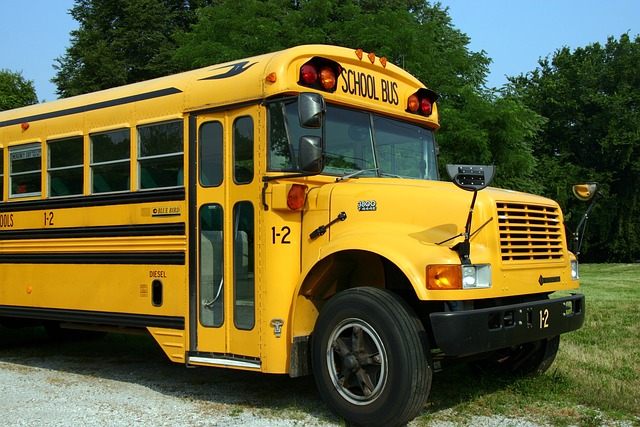
Canadians are known for being polite but don’t for a second think they’re not also prepared, at least some of them. Take, for example, Bruce and Jean Beach who used 42 old school buses to build their own makeshift bunker not too far from Toronto.
The bunker, called Ark Two, is North America’s largest underground shelter and could theoretically have room for 500 people in its 10,000 square feet. It’s four meters, which is roughly 13 feet, below the ground and reinforced by concrete. The buses are arranged in intersecting blocks and have room for a makeshift hospital, daycare, kitchen, laundry, and living facilities.
The Beaches began building the structure in 1980 and have had to face the downside of over-preparedness as their food horde has suffered due to literal tons of it expiring as the years pass.
2.The UK Built Floating Bunkers in the ’60s and One Still Exists
In the UK, part of the official plan to protect the government and royal family in the event of nuclear war was to put them on floating bunkers, which you might know as boats, and then hide them around the coast of Scotland. These floating bunkers were partially in response to the fact that Britain feared the Soviets would know about their Burlington facility, making it useless for hiding any high-ranking officials.
While many of the ships were later scuttled, one remains in service today, though it’s been changed first to a car ferry and then to a cruise ship called the Hebridean Princess.
1.One Million Residents of Beijing Live Underground in Nuclear Bunkers
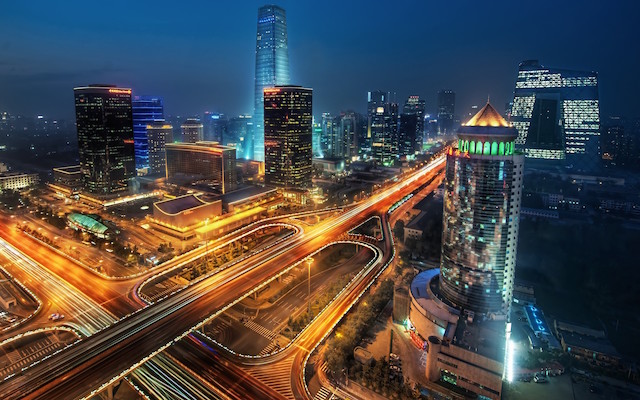
While Switzerland might be the poster child for nuclear bunkers, China has its own fascinating—and somewhat unexpected—take on underground living. During the Cold War, China invested heavily in building thousands of bunkers, particularly in Beijing. Today, an estimated one million residents still live in these repurposed spaces, a stark reminder of their original purpose and the city’s ongoing housing challenges.
When the threat of nuclear war faded in the 1980s, the Chinese government saw an opportunity. Instead of letting these bunkers sit empty, they decided to rent them out as affordable housing. The result? Tiny, cramped apartments that range from 12 by 15 feet to spaces barely big enough for a single bed. It’s not exactly luxury living, but for many, it’s the only option they can afford.
Finding these bunker apartments isn’t easy, though. In 2015, a photographer attempting to document them discovered that many entrances are guarded by security, who often turn away foreigners. It’s a hidden world, tucked beneath the bustling streets of Beijing, largely invisible to outsiders.
Life underground comes with its own set of challenges. Poor ventilation means the air is often stale and unpleasant. Communal kitchens and bathrooms are the norm, and sanitation is far from ideal. Yet, for rents ranging between 40 and 100 a month (as of 2015), these spaces provide a roof—or rather, a ceiling—over the heads of those who can’t afford better options.
It’s a strange blend of history and necessity. These bunkers, once built to protect lives from nuclear fallout, now serve as a lifeline for Beijing’s low-income residents. They’re a testament to how spaces can be repurposed over time, even if the conditions are far from perfect. For some, it’s a temporary solution; for others, it’s home. Either way, it’s a fascinating glimpse into a side of Beijing that most people never see.





